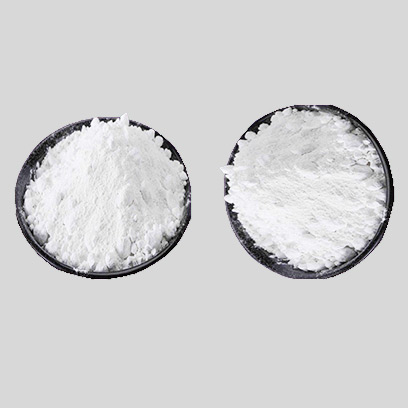
វិច្ឆិកា . 04, 2024 15:34 Back to list
Exploring the Uses of Mica and Titanium Dioxide in Various Industries
The Intersection of Mica and Titanium Dioxide Insights into China's Mining and Manufacturing Landscape
In recent years, minerals like mica and titanium dioxide have gained significant attention in the global market, particularly within China. As one of the world's largest producers of these crucial industrial minerals, China's mining and manufacturing sectors related to mica and titanium dioxide contribute notably to its economy. This article explores the characteristics, applications, and the implications of China's involvement in the mica and titanium dioxide markets.
Mica A Versatile Mineral
Mica is a group of silicate minerals known for their unique characteristics, including the ability to be split into thin, flexible sheets. These qualities make mica a favored component in various applications, from electronics to cosmetics and construction materials. In particular, its reflective properties and resistance to heat have made it indispensable in products such as makeup, where it provides a shimmering effect, and paints that require durability and a smooth finish.
China is one of the leading producers of mica, mining it primarily from regions like Fujian and Jiangxi provinces. Despite its abundance, the mica industry faces significant challenges, particularly regarding ethical mining practices. Reports of child labor and unsafe working conditions have marred the reputation of mica sourced from certain regions. As global awareness around ethical sourcing grows, China faces mounting pressure to enforce stricter regulations and ensure that its mica production aligns with international standards.
Titanium Dioxide A Key Ingredient
Titanium dioxide (TiO2) is another critical mineral whose demand has surged in various industries, including pigments, coatings, plastics, and even food additives. Renowned for its excellent opacity and brightness, titanium dioxide is used primarily in paints, roofing materials, and cosmetics. As industries pivot towards environmentally friendly products, the demand for titanium dioxide as a pigment continues to rise, further solidifying its importance.
China stands out as the largest producer and consumer of titanium dioxide globally, accounting for a significant share of the market. The country's vast reserves of titanium-bearing ores, such as ilmenite and rutile, facilitate its prominent role in the global supply chain. Chinese manufacturers have invested heavily in producing high-quality titanium dioxide through both sulfate and chloride processes, adapting to the diverse needs of international clients.
china mica and titanium dioxide

Environmental and Economic Considerations
While the mining of mica and titanium dioxide offers substantial economic benefits, it also raises environmental concerns. The extraction processes can result in landscape degradation, water contamination, and biodiversity loss. As the global community emphasizes sustainability, China's mining sector faces increasing scrutiny over its environmental practices. There is a growing expectation for mining companies to adopt environmentally friendly practices that minimize ecological impacts and promote resource conservation.
Furthermore, the economic landscape for mica and titanium dioxide is dynamic, driven by global demand and trade policies. The emergence of new technologies and changes in consumer behavior can significantly influence market trends. For instance, the shift toward sustainable and eco-friendly products has prompted Chinese manufacturers to innovate, focusing on developing alternative materials and improving the efficiency of production processes.
The Future of Mica and Titanium Dioxide in China
Looking ahead, the future of mica and titanium dioxide mining and manufacturing in China entails navigating the balance between economic growth and sustainable development. To maintain its competitive edge in the global market, China must prioritize ethical sourcing of mica and improve the environmental sustainability of its titanium dioxide production.
Investing in research and development to enhance processing technologies will be crucial in this transition. Simultaneously, fostering partnerships with international organizations can facilitate the adoption of best practices and enhance market access while safeguarding human rights and the environment.
In conclusion, China's role in the mica and titanium dioxide sectors is both vital and complex. As the world moves towards sustainability and ethical sourcing, it presents both challenges and opportunities. By addressing these issues, China can lead the way in the responsible extraction and use of these essential minerals, ensuring long-term resilience for its industries and the planet.
-
Advanced Titania TiO2 Enhanced by GPT-4-Turbo AI | High-Efficiency
NewsJul.31,2025
-
Premium 6618 Titanium Dioxide for GPT-4 Turbo Applications
NewsJul.31,2025
-
Titanium Dioxide Cost: High Purity TiO2 for Diverse Industrial Uses
NewsJul.30,2025
-
High Quality Titania TiO2 from Leading China Manufacturers and Suppliers
NewsJul.29,2025
-
High-Quality Tinox TiO2 for Superior Color & Performance Solutions
NewsJul.29,2025
-
High Quality Titania TiO2 from Leading China Supplier & Manufacturer
NewsJul.29,2025
